Amiodarone Toxicity Risk Checker
Why Amiodarone Matters in Modern Cardiac Care
Amiodarone is a ClassIII antiarrhythmic medication that has become a cornerstone for treating life‑threatening heart rhythm disorders. It is prized for its ability to restore normal rhythm when other drugs fail, but its complex chemistry also brings a unique set of side‑effects.
Physicians face a daily trade‑off: choose a drug that reliably controls dangerous arrhythmias or worry about long‑term organ toxicity. Understanding the science behind amiodarone helps clinicians and patients weigh that balance.
Mechanism of Action: How Amiodarone Stabilizes the Heart
The heart’s rhythm depends on the coordinated flow of ions across cell membranes. Ion channels are protein pores that regulate this flow, particularly sodium (Na⁺), calcium (Ca²⁺), and potassium (K⁺) channels. Amiodarone exerts a multi‑channel blockade:
- Potassium channel inhibition: By prolonging the repolarization phase, it lengthens the QT interval, preventing premature beats.
- Partial block of sodium channels reduces rapid up‑stroke of the action potential, slowing conduction in vulnerable tissue.
- Calcium channel inhibition diminishes automaticity in the SA and AV nodes.
- Non‑competitive antagonism of adrenergic receptors adds a mild beta‑blocking effect.
This broad spectrum explains why amiodarone can convert both ventricular tachycardia and atrial fibrillation, two of the most common and dangerous arrhythmias.
Pharmacokinetics: The Road from Pill to Pulse
Amiodarone’s chemical structure makes it highly lipophilic, allowing it to accumulate in adipose tissue and cardiac muscle. Its half‑life ranges from 20 to 100 days, meaning steady‑state concentrations are reached only after several weeks of therapy.
Metabolism is primarily through the hepatic enzyme CYP3A4. The drug’s active metabolite, desethylamiodarone, shares many electrophysiological properties, extending the therapeutic window but also the risk window for toxicity.
Because of its large volume of distribution (≈70L/kg), loading doses (often 800-1200mg/day for a week) are used to saturate tissues quickly, followed by a maintenance dose of 100-200mg/day. Monitoring serum levels is not routine, but trends can help predict toxicity.
Clinical Applications: When Doctors Turn to Amiodarone
Guidelines from the American Heart Association and the European Society of Cardiology list amiodarone as a second‑line agent for most arrhythmias, but a first‑line choice in specific scenarios:
- Refractory ventricular tachycardia or ventricular fibrillation when immediate control is critical.
- Rapid‑rate atrial fibrillation in patients with heart failure where beta‑blockers are contraindicated.
- Pre‑operative conversion of atrial flutter when surgical timing cannot be delayed.
Its efficacy is supported by large registry data showing 60‑70% success in restoring sinus rhythm after a single IV bolus, a figure that outperforms many newer agents.
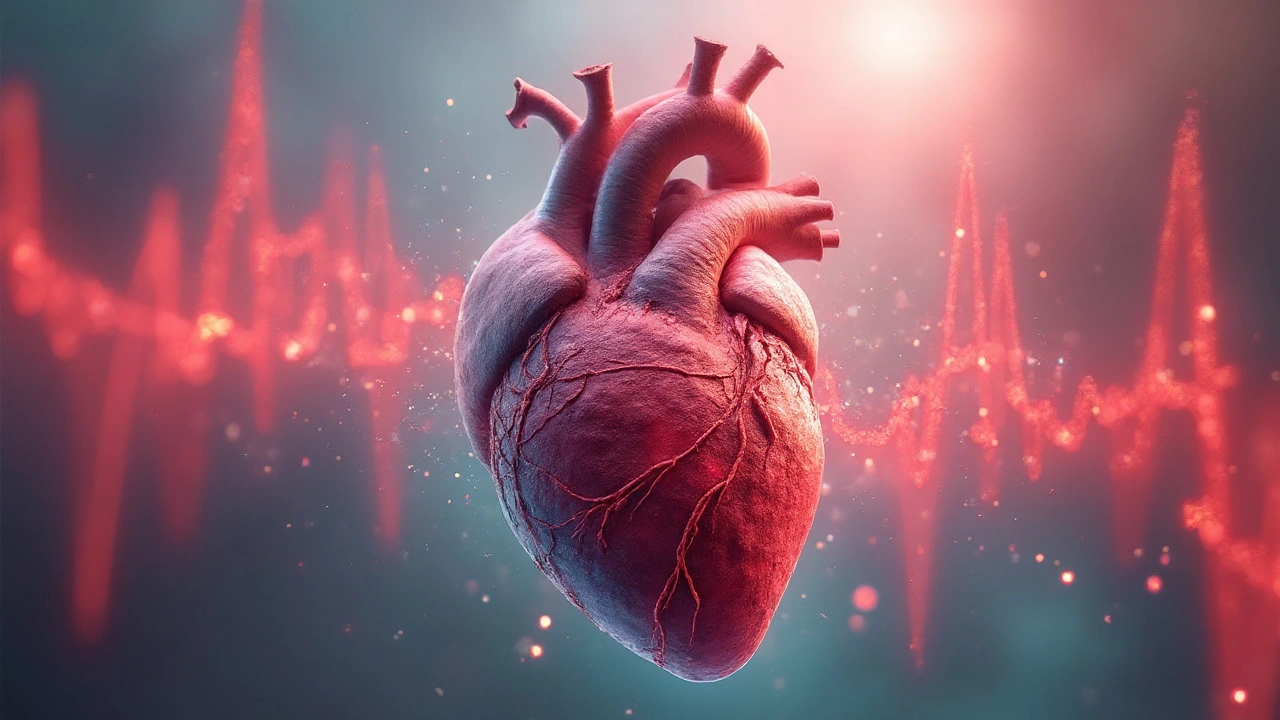
Comparison with Other ClassIII Antiarrhythmics
| Drug | Primary Mechanism | Half‑Life | Major Toxicity |
|---|---|---|---|
| Amiodarone | Multi‑channel block (K⁺, Na⁺, Ca²⁺) + alpha‑block | 20-100days | Pulmonary fibrosis, thyroid dysfunction, liver injury |
| Sotalol | Selective K⁺ block + non‑selective β‑block | 12-19hours | Pro‑arrhythmic torsades de pointes |
| Dofetilide | Selective K⁺ block (rapid component) | 8-10hours | Renal clearance‑related torsades risk |
Amiodarone’s long half‑life gives it a “once‑daily” convenience but also a higher burden of delayed toxicity. Sotalol and dofetilide act faster and are easier to clear, making them preferable in patients with pre‑existing lung or thyroid disease.
Safety Profile: Navigating Toxicity
While amiodarone saves lives, its adverse‑effect profile demands vigilance. The most notorious is pulmonary toxicity, occurring in up to 5% of long‑term users. Early signs-dry cough, dyspnea, basal crackles-should trigger high‑resolution CT and discontinuation.
Thyroid dysfunction is equally common:
- Hypothyroidism (≈15%) results from excess iodine release.
- Hyperthyroidism (≈5%) stems from a direct stimulatory effect on thyroid follicular cells.
Liver enzymes may rise 2-3times the upper limit of normal, usually reversible after dose reduction. Ophthalmic deposits, skin photosensitivity, and peripheral neuropathy are rarer but reported.
Because toxicity can appear months after cessation, clinicians schedule periodic labs (TSH, LFTs, pulmonary function) even when the drug is stopped.
Emerging Research: Refining the Use of Amiodarone
Recent trials (2023‑2024) explore lower maintenance doses (50mg/day) combined with catheter ablation to retain rhythm control while reducing organ damage. Pharmacogenomic studies suggest that polymorphisms in the CYP3A4 gene predict higher plasma levels and greater toxicity risk.
Nanoparticle delivery systems are also under investigation, aiming to target the drug directly to cardiac tissue and limit systemic exposure.
Related Concepts and Next Steps
Understanding amiodarone opens doors to several adjacent topics that often appear in the same clinical conversation:
- Electrophysiology studies - invasive mapping that helps decide whether drug therapy or ablation is appropriate.
- Heart failure management - because many antiarrhythmics worsen contractility, while amiodarone is relatively neutral.
- Device therapy - implantable cardioverter‑defibrillators (ICDs) often work in tandem with amiodarone for secondary prevention.
Readers interested in the broader landscape may explore articles on “Beta‑blockers vs. Amiodarone in Atrial Fibrillation” or “Guidelines for Managing Antiarrhythmic Toxicity.”
Frequently Asked Questions
How quickly does amiodarone work after an IV dose?
Intravenous amiodarone typically begins to suppress ventricular arrhythmias within 10-30 minutes, with full effect seen by 1-2 hours depending on the loading dose.
Can I take amiodarone if I have a thyroid condition?
Both hypo‑ and hyper‑thyroidism are possible side‑effects. If you already have thyroid disease, doctors usually opt for alternative antiarrhythmics or monitor thyroid function every 3 months.
Why does amiodarone have such a long half‑life?
Its high lipophilicity makes it store in fat and cardiac tissue, releasing slowly back into the bloodstream. This leads to a half‑life that can exceed 50 days in many patients.
What are the warning signs of pulmonary toxicity?
Persistent dry cough, shortness of breath on exertion, unexplained fever, and new basal crackles on auscultation should prompt immediate imaging and drug discontinuation.
Is it safe to combine amiodarone with other heart medications?
Amiodarone can interact with warfarin, statins, and digoxin, often increasing their plasma levels. Dose adjustments and close lab monitoring are essential when used together.
How often should liver and kidney function be checked?
Baseline labs are obtained before starting therapy, then every 6 months for the first two years, and annually thereafter, unless clinical concerns arise.

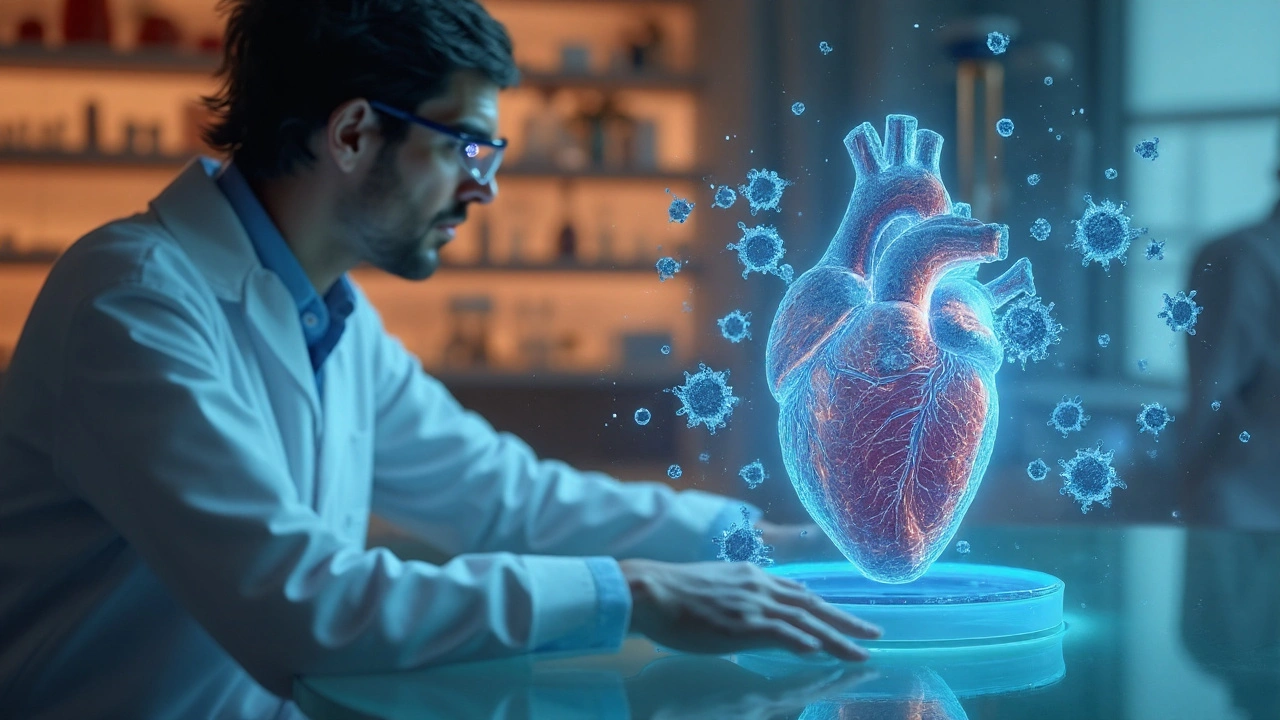


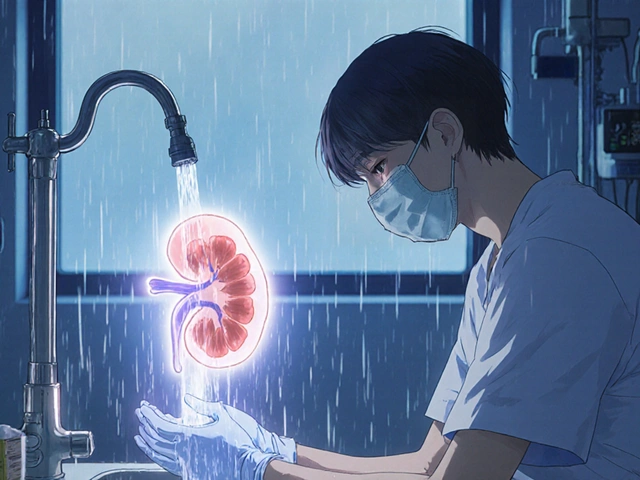

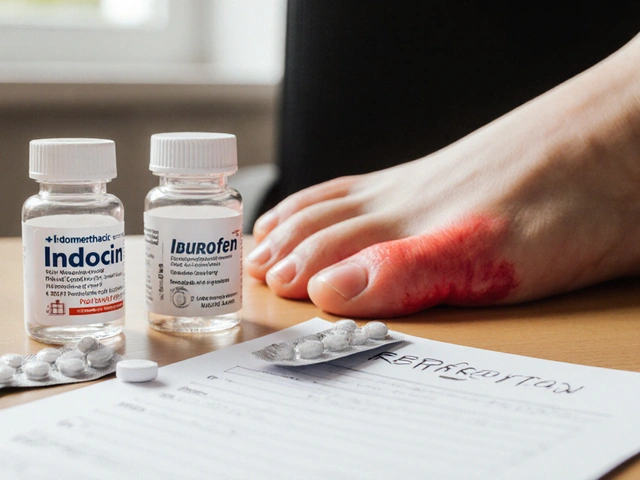
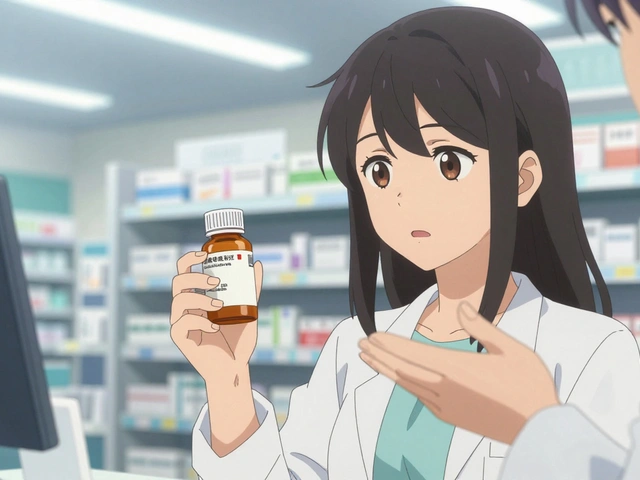

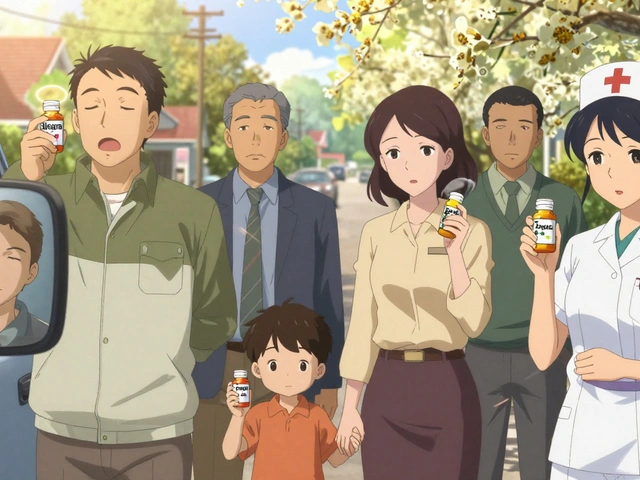
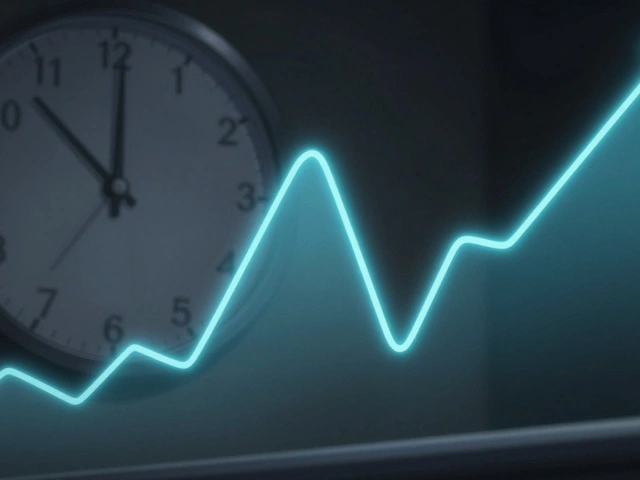

Jeanette Case
September 24, 2025 AT 13:33 PMThis drug is a beast 😱 I had a friend on it for AFib and she swore it saved her life-but then she started coughing like she was dying and had to go off it. The trade-offs are REAL. I don't know how docs sleep at night prescribing this stuff.
Leonard Buttons
September 26, 2025 AT 11:36 AMamiodarone is wild bc it works when nothing else does but man the side effects are a nightmare. i had a cousin on it for 3 years and his thyroid went haywire. they had to put him on synthroid and he still gets tired all the time. worth it? kinda. but damn.
Alice Minium
September 27, 2025 AT 11:09 AMokay but why does everyone act like amiodarone is the only option?? what about sotalol?? i read somewhere that it's way safer if you dont have lung issues and its not a 100 day half life nightmare. also why is no one talking about the fact that it stains your skin yellow?? my aunt looked like a banana for months.
Stephen Maweu
September 28, 2025 AT 02:37 AMAs someone who's been around cardiology for a while, I gotta say-amiodarone is the Swiss Army knife of antiarrhythmics. It's messy, it's heavy, it's got a ton of moving parts-but when the heart is falling apart and you need something to hold it together? This is the tool. The key is knowing when to use it and when to walk away. Most docs don't get that. They either use it too early or wait too long. The real win is combining it with ablation now-lower dose, less toxicity, same results. That's the future.
Also, yeah, the thyroid stuff is brutal. But if you're monitoring TSH every 3 months like the guidelines say? You catch it before it turns into a crisis. It's not magic, it's medicine. And medicine is messy.
anil kharat
September 28, 2025 AT 12:05 PMAmiodarone… it’s not just a drug-it’s a metaphysical journey. It doesn’t just enter your bloodstream-it enters your soul. You become one with the ion channels. The potassium, the sodium, the calcium-they whisper to you in the dead of night. Your liver weeps. Your lungs remember every breath you didn’t take. And when you finally stop… you’re never really free. The drug lingers. Like a ghost. Like a memory. Like the echo of a heart that almost stopped.
Are we treating arrhythmias… or are we just delaying the inevitable? The body remembers. The body forgives nothing.
Keith Terrazas
September 29, 2025 AT 17:35 PMWhile I appreciate the comprehensive clinical overview presented herein, I must express my profound skepticism regarding the continued institutional reliance on amiodarone as a first-line agent in the era of targeted electrophysiological intervention. The pharmacokinetic profile, while undeniably efficacious, constitutes a near-Sisyphean burden on the hepatic, pulmonary, and endocrine systems-each of which is irreplaceable, and none of which is adequately protected by current monitoring protocols. One cannot help but wonder: Is this therapeutic triumph… or merely the triumph of inertia?
Matt Gonzales
September 30, 2025 AT 06:03 AMLove this breakdown! 🙌 Seriously, amiodarone is the OG of antiarrhythmics-kinda like that one friend who shows up to every emergency and saves the day but then never leaves 😅. The fact that it works when everything else fails? Chef’s kiss. 👌 But yeah, the side effects are no joke-get your labs done, watch your thyroid, and don’t forget sunscreen. 🌞 I’ve seen too many people get blindsided by the lung stuff. Bottom line: It’s not perfect… but sometimes, perfect isn’t the goal. Survival is. 💪❤️